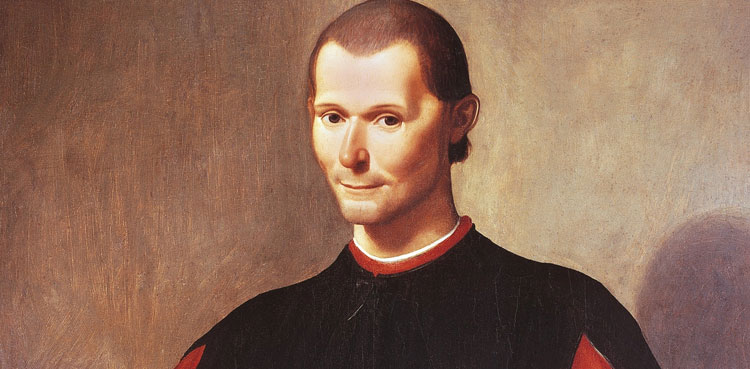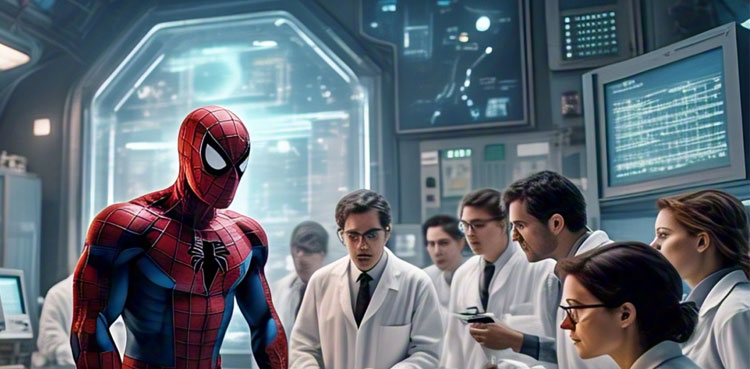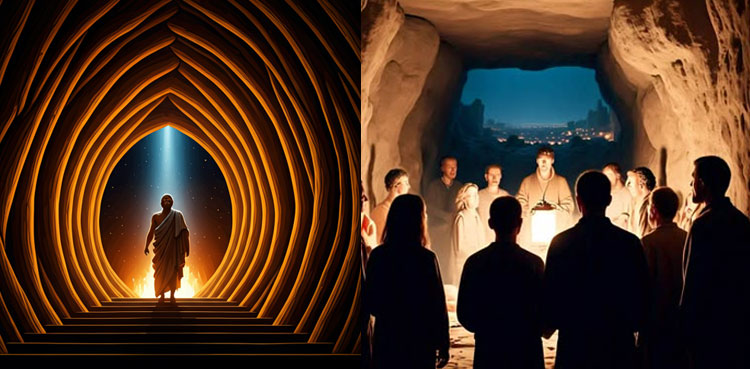Imagine a world where there’s more to reality than what we can see and touch. Beyond the three dimensions of space—length, width, and height—and the fourth dimension of time, scientists have long speculated about the existence of a fifth dimension.
This mysterious concept, while deeply rooted in advanced physics, has fascinating implications for our understanding of the universe. Let’s break it down in simpler terms and explore what the fifth dimension could mean for science and our perception of reality.
What Are Dimensions?
We live in a world defined by three spatial dimensions: up-down, left-right, and forward-backward. Time is often considered the fourth dimension, as it allows us to track changes and events. But what if there’s more? The idea of a fifth dimension suggests that there’s an additional layer of reality hidden from our everyday experience.
Where Did the Idea Come From?
The concept of higher dimensions isn’t new. In the 19th century, mathematicians like Bernhard Riemann explored the idea of spaces with more than three dimensions. Later, physicists like Theodor Kaluza and Oskar Klein proposed that a fifth dimension could help unify the forces of nature, such as gravity and electromagnetism. While their theories were groundbreaking, they were just the beginning.
The Fifth Dimension in Modern Physics
Today, the fifth dimension plays a key role in string theory, one of the leading frameworks in theoretical physics. String theory suggests that the universe is made up of tiny, vibrating strings rather than point-like particles. For this theory to work mathematically, it requires extra dimensions—up to 10 or 11 in some versions. The fifth dimension, in this context, is often imagined as a tiny, curled-up space that’s too small for us to notice directly.
Why Does It Matter?
The fifth dimension isn’t just a mathematical curiosity; it could solve some of the biggest mysteries in physics. For example:
Gravity’s Weakness: Gravity is much weaker than other forces, like electromagnetism. Some theories suggest that gravity might “leak” into the fifth dimension, explaining why it feels so faint in our four-dimensional world.
The Universe’s Expansion: The fifth dimension might also help explain why the universe is expanding at an accelerating rate, a phenomenon attributed to dark energy.
What Would the Fifth Dimension Look Like?
If the fifth dimension exists, it’s likely hidden from our senses. Think of it like this: imagine an ant walking on a tightrope. To the ant, the tightrope is a one-dimensional line. But to us, it’s a three-dimensional object with thickness and texture. Similarly, the fifth dimension might be “curled up” or compactified, making it invisible to us but still influencing the fabric of reality.
Philosophical Questions:
The idea of a fifth dimension isn’t just about physics—it challenges our understanding of reality itself. If there are dimensions beyond our perception, what else might we be missing? It raises profound questions about the limits of human knowledge and the true nature of the universe.
While this dimension remains a theoretical concept, it opens up exciting possibilities for science and philosophy. Whether it’s through string theory, quantum mechanics, or cosmology, exploring higher dimensions could help us unlock the secrets of the universe. For now, the fifth dimension remains a tantalizing mystery, inviting us to imagine a reality far richer and more complex than we ever thought possible.
References:
Greene, B. (1999). The Elegant Universe: Superstrings, Hidden Dimensions, and the Quest for the Ultimate Theory. W.W. Norton & Company.
Randall, L., & Sundrum, R. (1999). “Large Mass Hierarchy from a Small Extra Dimension.” Physical Review Letters.











